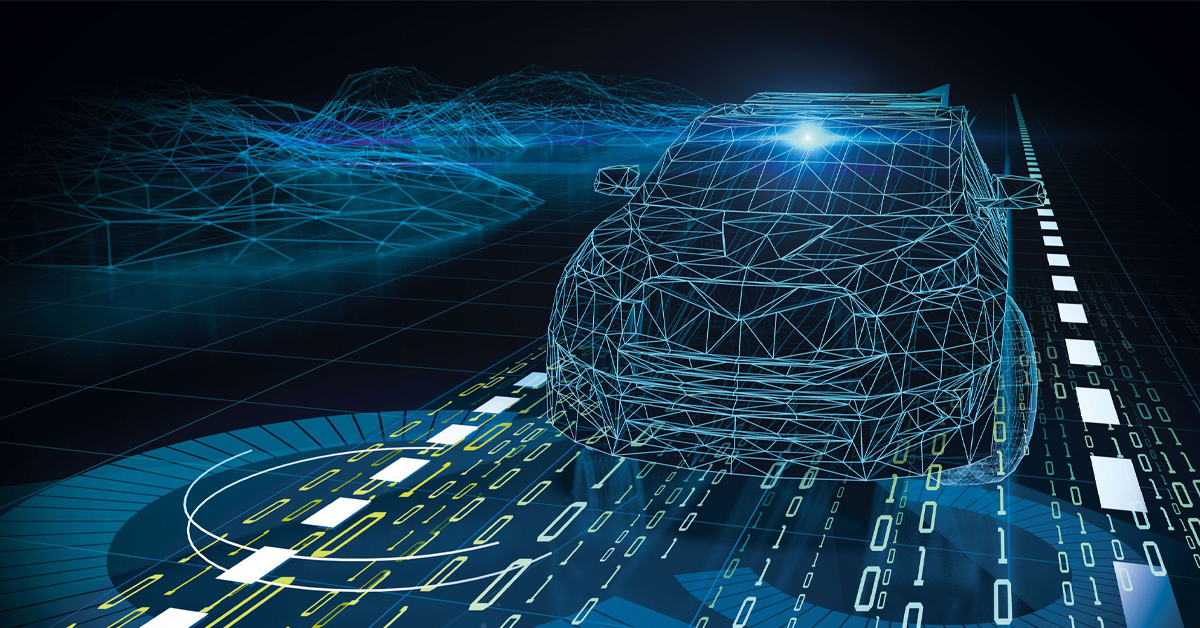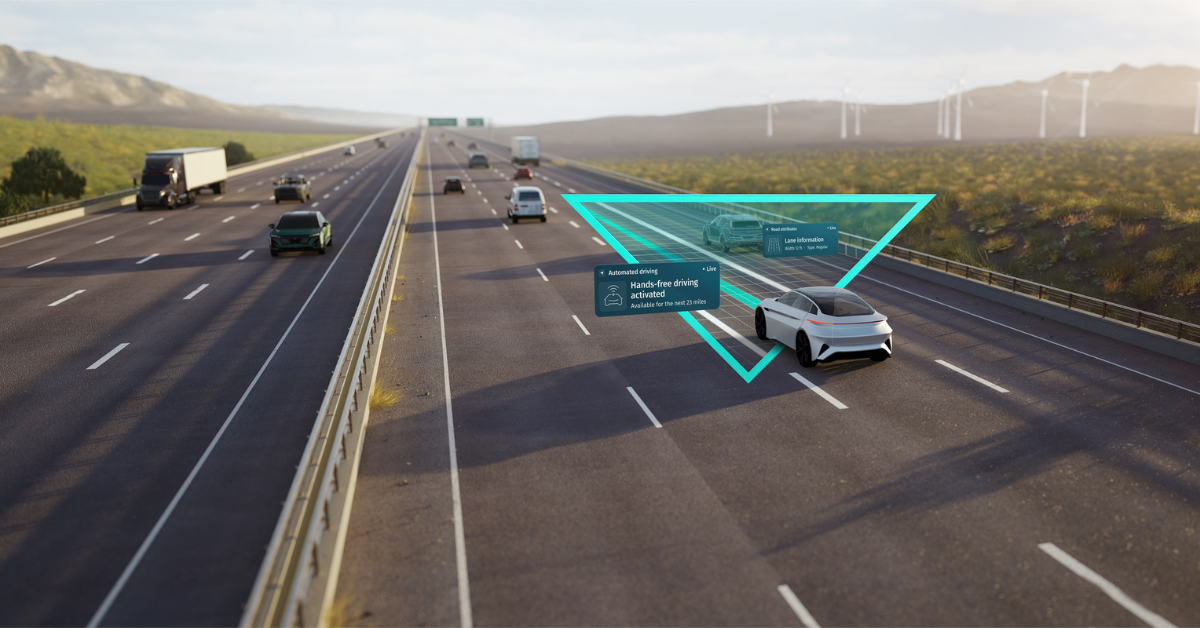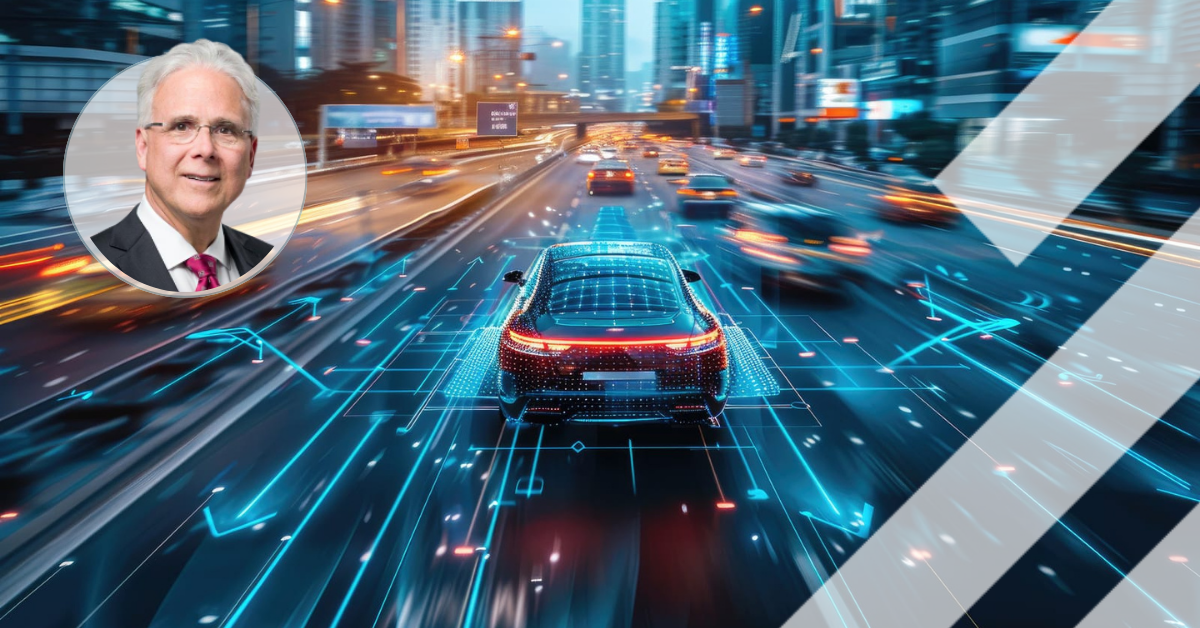Five transport solutions we wouldn't have thought possible ten years ago
There were only 66 years between the first manned flight and the first moon landing. Transport technology, if you excuse the pun, moves at an incredible rate and if you look back at new technological developments that took you by surprise at previous Intertraffic shows it becomes clear that on a daily basis we’re using things that weren’t even at the prototype stage 10 years ago.
With that in mind we asked a selection of experts, colleagues, exhibitors and visitors to identify one new solution that in 2012 would have been dismissed as a flight of fancy. We compiled our top five, in no particular order, but if there’s something not included in this article then please get in touch with your own nomination and we will include it in a revised version later this year.
Firstly, two notes. One, we have not included Mobility as a Service, largely because although it was still a fledgling sector there was plenty of talk in the traffic and transport press about the rise of MaaS. Secondly, perhaps the biggest change over the last decade is that private sector investment into smart transport projects now has the edge over public sector, but our survey was focused on the technology itself – but perhaps we can revisit this as a separate feature at a later date.
More articles on this topic
COLLECTIVE INTELLIGENCE: LEARNING FROM EXPERIENCE
DATA DRIVEN TRAFFIC MANAGEMENT: A QUESTION OF TRUST
SMART MOBILITY: FROM DATA TO INFORMATION TO INSIGHT TO ACTION
URBAN MOBILITY DEVELOPMENTS: PAST AND FUTURE








